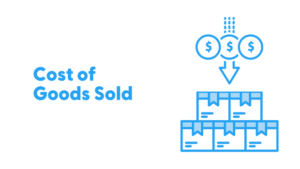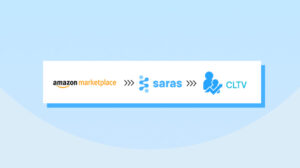Acquiring new customers is always tempting, but existing customers also have a powerful impact on your revenue. When a customer has a great experience after using your products, they have a higher probability of exploring your brand further and of seeing what other products or services you offer. They like you and your business, so they would be happy to pay premium prices for your services. Each customer, if successfully retained, becomes more valuable with time. As their purchase frequency & value tends to increase, thus retained customers tend to generate more revenue for a company than the new ones and often require very less marketing to do so. Further retained customers bring in more new customers by word of mouth by voicing their good experiences, which helps improve the brand value in addition to increasing sales. So calculating and monitoring Customer Lifetime Value for each customer is essential. It helps to identify high-value customers for companies to focus on these customers by providing them with facilities like better deals, offers, individual customer support, and curated marketing to increase their sales further.
Customer Retention Strategy Using Sales Data
Customers dropping off is an unavoidable event for all online marketing channels. This can be due to the intensive competition, lack of proper customer service, and communicative deadlock. There are some common observations that will imply that the customers are slipping away. Primarily check whether clients are using all the services provided by you if not, you need to keep an eye so that they do not slip away. Then monitor the open rates of all communication channels like emails, chats, and responses. Keeping track of the budget allotted by the clients will indicate the trust they have on you. A decrease implies that your clients are abandoning you.
The Product Team is responsible for all the alterations in the product, whereas the Sales team will take that product to the clients to sell it. While communicating with the clients directly, the sales team gets to know customers’ feedback necessary for the improvements. These responses have to be communicated to the product team so that they can work on it. This is how both Product and Sales have to co-exist for the shared responsibilities to retain customers.
Popular Customer Retention Strategies Used By Marketers
Marketers use CRMs to know the customers intricately. CRM software does not manage customer retention on its own but will provide the users with the tools to manage the activities for better customer engagement and experience. The following are the best practices to strengthen Customer Retention Strategies:
- Customer Feedback – A customer feedback loop is a system for collecting, analyzing, and distributing customer reviews and surveys. Customers should be asked to participate in user testing and focus groups. Provide your team with this relevant customer feedback.
- Provide Personalization – Send targeted and personalized messages to customers to make them feel that they are being treated as an individual entity, not just a machine entry.
- Monitor Trends – Keeping an eye on trends like lower engagement, and more dropout rates will help to retain customers before they leave,
- Comprehensive Customer Journey – Mapping the customer journey enables one to point out focal points of customer experience: from awareness through the process of engagement into a long-term relationship.
- Top-class customer service – Provide Customers with efficient customer service to give them a delightful customer experience. Sales CRM will help in gathering the data regarding each customer, and those data can be used to devise several strategies for world-class customer service.
- Informative Content – B2B buyers are not leisure shoppers; it is a part of their job. So, they rely on the content to guide them through the buying process to make an informed decision.
Customer Retention Strategies: Common Challenges
Companies use a lot of apps and tools to understand their customers intricately. It might be marketing insights from marketing tools and platforms like Google Ads, Facebook, Twitter, Linkedin, and other social media sites, and email marketing tools like MailChimp. Customer Behavioural insights from Google Analytics and other tools, customer feedback from customer service providing channels like Tawk.to, Zendesk and other chatbots or cloud telephony services like Knowlarity, and Exotel. All this data, when effectively analyzed, gives companies a good understanding of their customers based on which they devise customer retention strategies. This process involves comparing data from these various data sources. This is usually done by manually exporting and comparing multiple excel sheets, creating complicated reports which require a lot of time & manpower. The reports lack accuracy, and also, there is a substantial time lag involved. The decision-makers at the end of this flow thus get delayed and often less accurate data which prevents a complete analysis. As a result, the right strategies are not made for the right customer set at the right time, leading to slower and lesser customer retention. This causes businesses to lose out on the increased revenue that retained customers could have provided, and they end up spending more aggressively on customer acquisition, leading to an overall drop in customer lifetime value.
Improve Customer Retention Strategies With Daton
Daton is a highly automated data pipeline that will fetch all of the relevant data from various sources at a set frequency and store it in the data warehouse of your choice. Daton easily integrates with most of the apps and tools that are commonly used by companies around the world, without the need of writing a single line of code. You can easily get up and running within a matter of hours. Start extracting all the useful consolidated data from your data warehouse, and analyze them to devise better Customer Retention Strategies.
Retain your valuable customers at a reduced cost and earn more revenue. Sign up for a free trial of Daton today!













